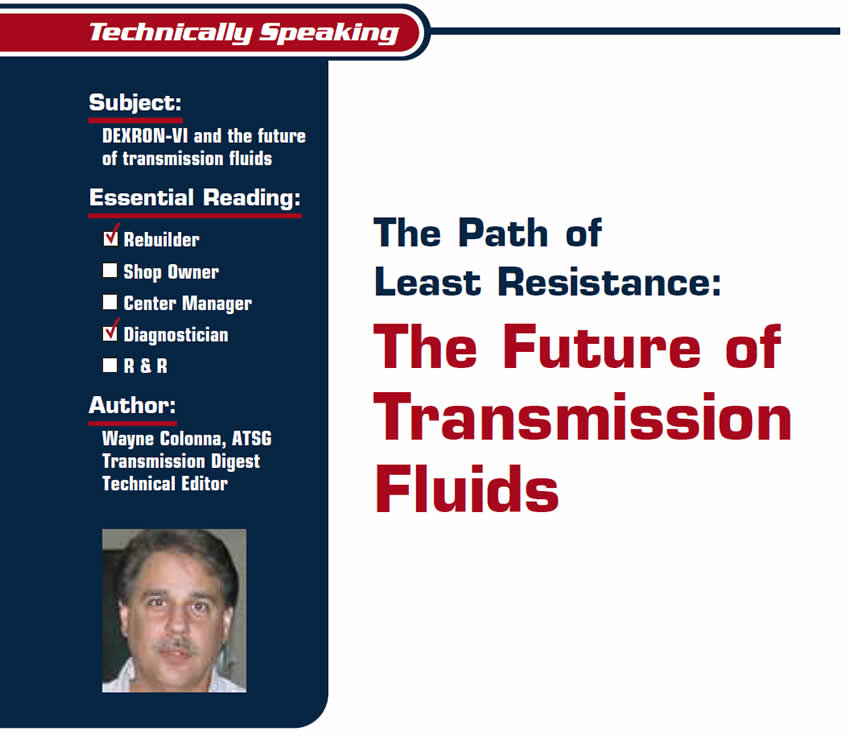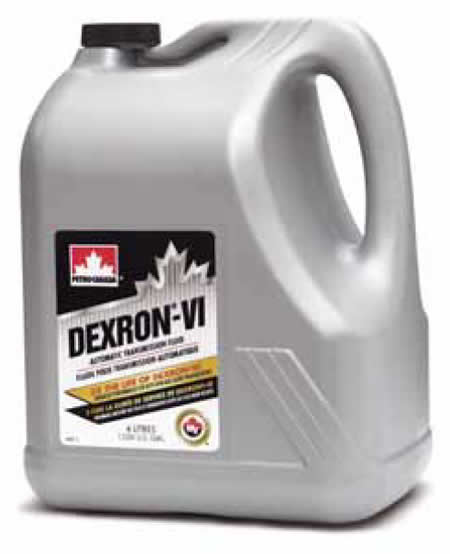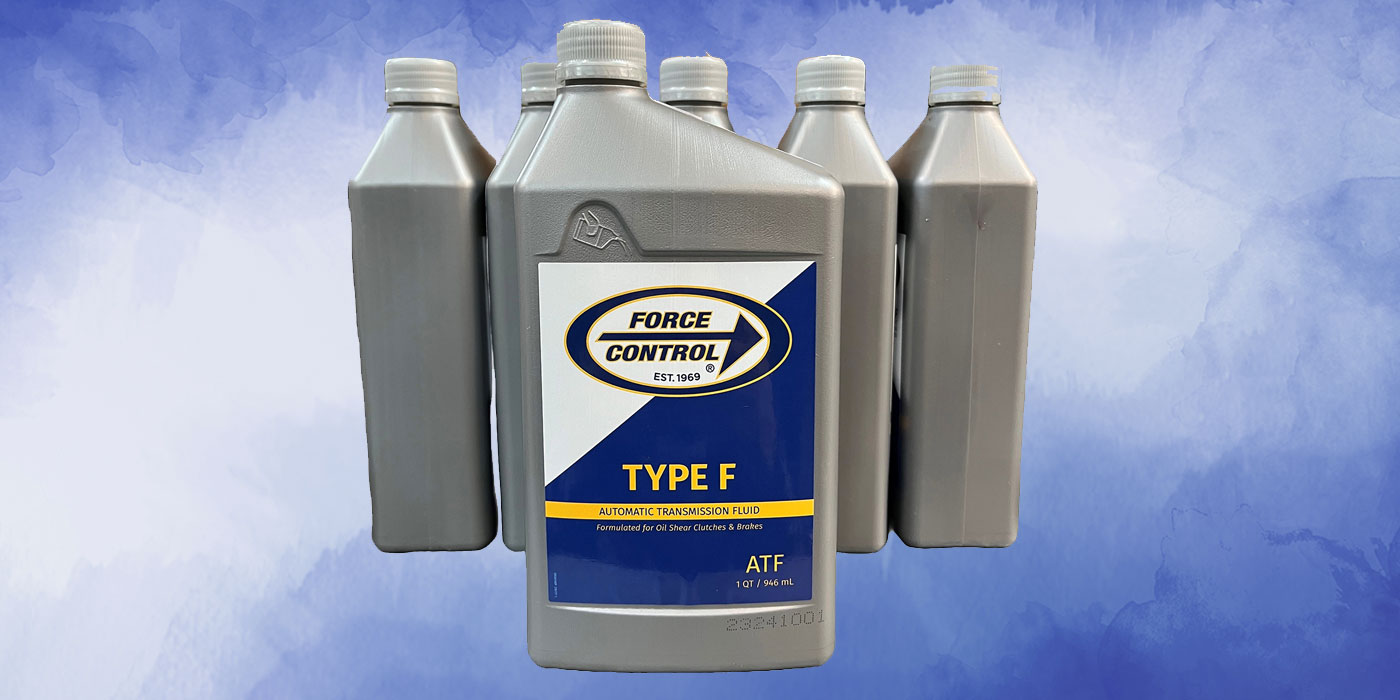
Technically Speaking
- Subject: DEXRON-VI and the future of transmission fluids
- Essential Reading: Rebuilder, Diagnostician
- Author: Wayne Colonna, ATSG, Transmission Digest Technical Editor
In April 2005, General Motors published a press release introducing a new transmission fluid called DEXRON®-VI for 2006 cars and trucks. The press release opened with the following four statements:
- New factory-filled fluid standard in all 2006-model-year Hydra-Matic transmissions
- Significantly improved viscosity, shift performance and fluid durability
- Available through GM Vehicle Care products as DEXRON-VI
- Approved for service application on all prior-model-year Hydra-Matic automatic transmissions.
GM says that with the design and development of its new Hydra-Matic 6L80 transmission it determined the need for this new fluid, which began as a factory fill on April 4, 2005. As a result, GM worked with fluid manufacturers to develop a fluid that significantly outperforms existing fluids in every aspect.
The company goes on to say that the development of DEXRON-VI was the first time an automotive company worked so closely with petroleum and additive companies to develop a new fluid. The companies GM was referring to are Petro-Canada Lubricants, which provides the base stock of the fluid, and Afton Chemical Corp., which supplies the fluid’s additive package.

The announcement, however, came as a surprise to many of the other additive and base-oil suppliers, as they have no products ready to qualify for the new DEXRON-VI service-fill specification. So its release caused quite a bit of attention and discussion.
It is no secret that GM has been an industry leader in the automotive market for decades. It has designed, developed and produced automatic transmissions for the past 65 years, and with GM having had a large global market share many oil companies were willing to develop fluid that met GM’s specifications. In the past, for example, a DEXRON-III fluid program would cost up to $80,000 dollars to complete.
Some of the attention and discussion that arose from this sudden release is the complicated and redundant tests required to meet GM’s specifications. The cost per DEXRON-VI program qualification could run as close to a million dollars and would take a minimum of a year to complete.
It was also discovered that the operational-viscosity requirement changed dramatically enough to make the dual Mercon ATF/Dexron qualification a thing of the past. This also becomes interesting, as all licenses for DEXRON III expire this month and those for Mercon in July. Does this mean that DEXRON-VI will replace DEXRON-IIIH and become the ATF of choice for the aftermarket? This would be the hope of GM, Afton and Petro, but will that hope be realized?
Let’s first of all consider GM’s “fill for life” (we call it “fill for warranty life”) policy on transmission fluid. With no fluid changes needed for 100,000 miles, it may be two to five years (2008-2011) before DEXRON-VI fluid changes would be needed. During this time there will be a large population of vehicles that do not need this high-dollar, limited-availability DEXRON-VI for service. And based upon year 2004 with 52% of the U.S. vehicle population being GM and Ford and with DEXRON-VI no longer linked with Mercon, it reduces universal application and appeal by other fluid makers.
If we are generous, 20% of GM’s vehicles presently need DEXRON-VI, and the remaining 80% still use DEXRON-IIIH. Keep in mind that GM’s global market is shrinking. In fact, Toyota sells more cars in the United States than GM, and Toyota does not need DEXRON-VI.
So here is my prediction. With GM and Ford no longer renewing licenses to manufacture MERCON ATF or DEXRON-IIIH, the aftermarket ATF companies will take the path of least resistance (a principle with fluids). They will offer their own generic versions at very competitive prices. Why would a manufacturer of fluids immediately abandon generic DEXRON III/MERCON ATF fluids to manufacture a very expensive fluid such as DEXRON-VI that requires exclusive chemistry and base-stock requirements to a limited market?
I read just a little while back that the Type F fluid Ford introduced in 1961 has not been the company’s recommended fluid since 1979. Yet the fluid is still in production and sold 3.4 million gallons in 2005. This could indicate that generic DEXRON II and III as well as MERCON ATF fluids will have a long life. No need to immediately produce expensive MERCON V and DEXRON-VI fluids when the need to do it is not as critical as it was years ago. In short, we may see that GM will no longer enjoy the domination of the marketplace that it did for so many decades with DEXRON II and III fluids. It may be years before other fluid makers join in and try to be competitive. But if they do not, whatever GM decides to charge, that will be the only game in town. So if you own a GM vehicle that requires DEXRON-VI and you need a fluid change, it could be very expensive.














